Using QR Code Data To Share Your Climate Impact with Customers
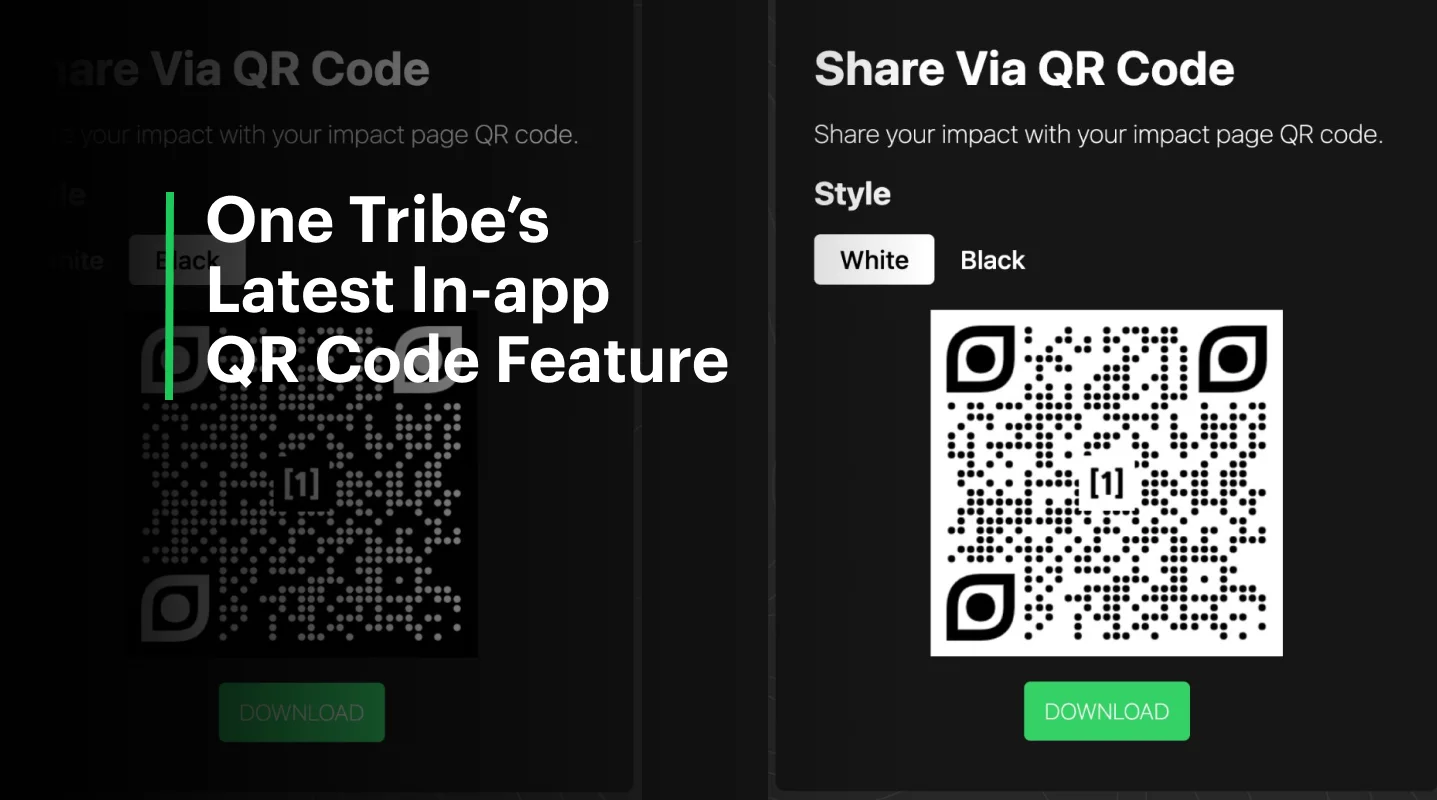
Check out One Tribe’s latest QR Code Technology.
This latest feature will now cater to members who wish to utilise QR code data to engage more audiences and readily share their impact data.
Read on for more info!
Introduction
QR code data is perhaps one of the most advanced technologies to benefit the modern marketer in today’s rapidly changing tech space. Consumers are becoming actively more aware of how technologies are used to share data. Now more than ever, they are ready to engage with a new wave of tech that is able to retain their attention and incentivise them to give back to the planet.
One Tribe, a leading climate technology platform, has introduced an innovative feature that allows customers to share their climate impact through QR codes and actively tap into an audience of new customers. This latest feature not only helps businesses to promote transparency but also empowers individuals to spread awareness about their commitment to sustainability and the environment.
One Tribe QR Code Technology

Using QR Codes
One Tribe’s latest share feature enables customers to generate QR codes that are directly linked to their environmental impact page. This page displays detailed information about a brand’s carbon emissions, projects supported, trees protected, and acres saved. By scanning the QR code, customers can effortlessly gain insights into the efforts brands are making to actively improve their footprint and support the environment, providing a tangible representation of their sustainability efforts.
The QR code features offered by One Tribe allow the code to be downloaded in both black and white, ensuring compatibility with various design preferences and backgrounds.
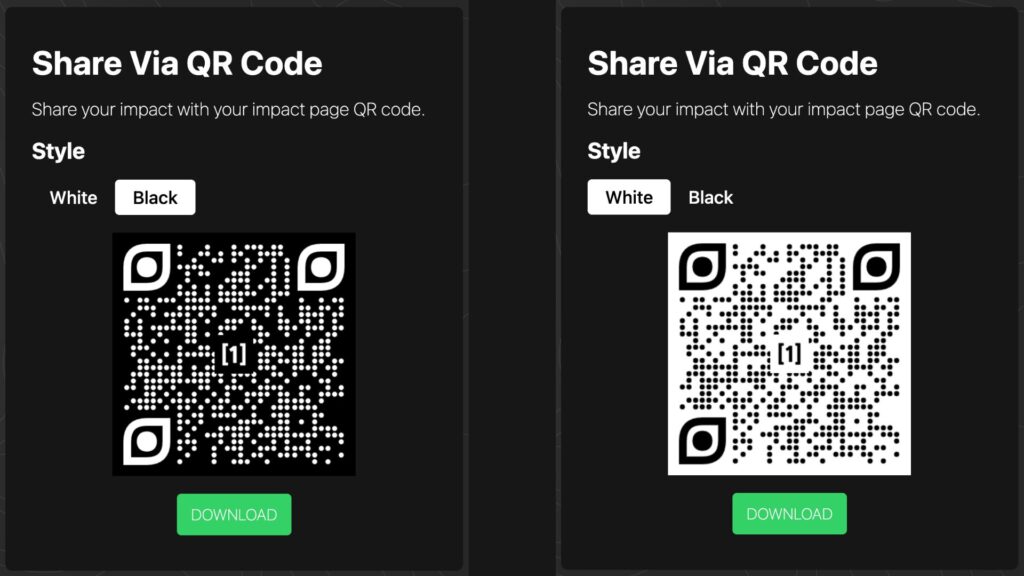
Customers can easily download the QR codes as a sharable PNG image or directly share them to their preferred social media platforms, such as Instagram, Facebook, or Twitter. This versatility allows individuals to tailor their sharing experience and reach a wider audience with their climate impact story.
When it comes to sharing the QR code on social media platforms, One Tribe’s direct share feature simplifies the process. By linking your One Tribe account with your social media accounts, you can directly share the QR code to the relevant platform. With a single click, the feature automatically creates a post on your selected social media account, accompanied by the QR code and a brief description of your sustainability achievements. This seamless integration saves time and effort, making it effortless for brands of One Tribe to showcase their commitment to the environment.
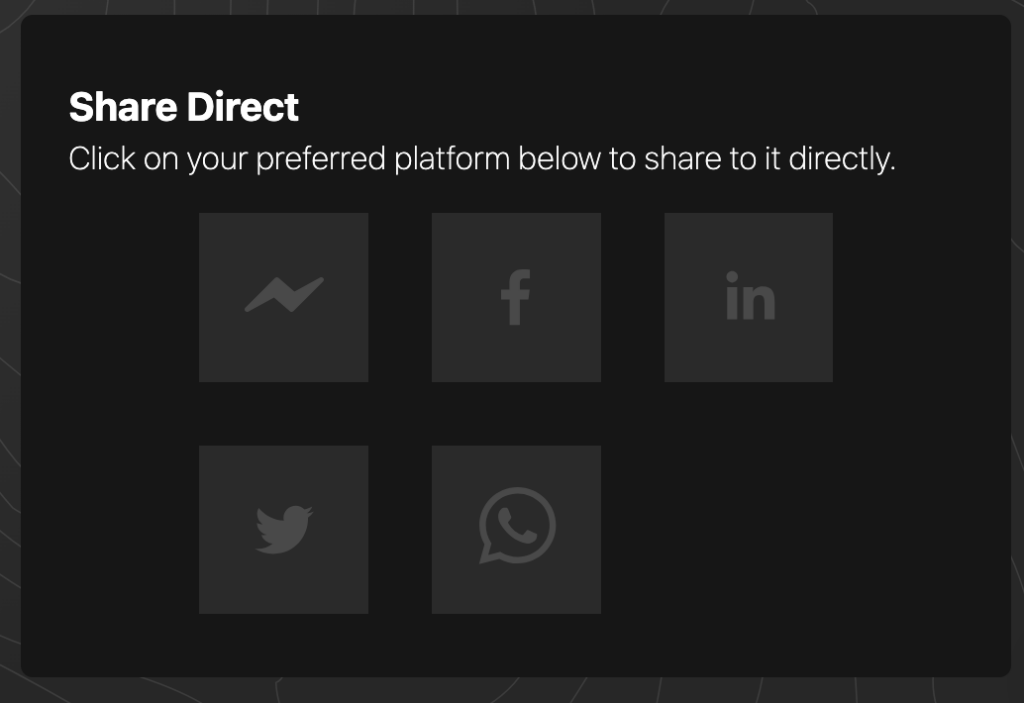
Using a feature like this will help brands to showcase the positive changes they have made to the environment and the steps they have taken towards reducing their carbon footprint. Sparking conversations about sustainability not only showcases your positive input, but also encourages others to consider their own environmental impact and join your brand journey.
Events

Another powerful use case for the QR code feature is its relevance at events or conferences. Companies that prioritise sustainability can include One Tribe’s unique QR code on their promotional materials, marketing communications, exhibition displays and event resources. Attendees can quickly scan the code, instantly learning about the company’s environmental practices and initiatives. This interactive and engaging approach not only pretermins a positive reaction but also fosters a sense of trust and credibility from first impressions alone. Utilising the tool properly, One Tribe customers can create a open-book display of all their environmental efforts consolidated in one place.
Moreover, QR codes offer a cost effective solution for companies wanting to showcase their impact on product packaging leveraging the most out of their high distribution rate. Businesses and brands can include QR codes on their packaging materials, allowing customers to scan and access detailed information about the product’s footprint, including how the purchase has contributed to an overall reduction in carbon emissions, land degradation and illegal deforestation. This meaningful approach to climate action helps customers make informed choices, encourages responsible consumption, and promotes brand loyalty.
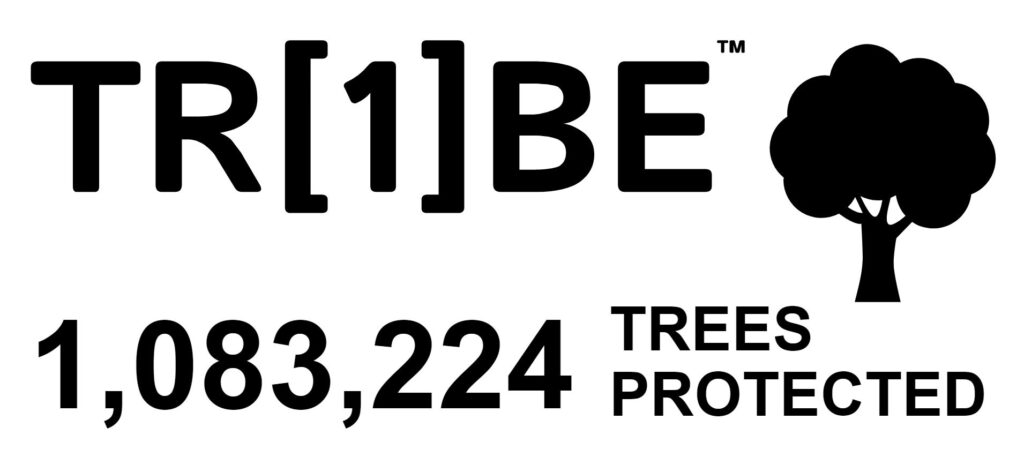
Summary
By harnessing the power of QR codes, One Tribe empowers individuals and businesses to share their commitment to sustainability in a visually engaging and easily accessible format. These codes act as a gateway, providing a direct link between customers and their environmental impact page. Whether it’s through social media platforms, events, or product packaging, the versatility of QR codes offers a range of opportunities to educate, inspire, and initiate positive change.
To start using your QR code feature, log into the One Tribe App or join the Tribe today!
climate action tools, qr code data, qr code technology, climate action qr code, share your data with qr codes, share your impact, how to show my climate action data, how to show my environmental impact, sharing data and insights, reduce carbon emission



